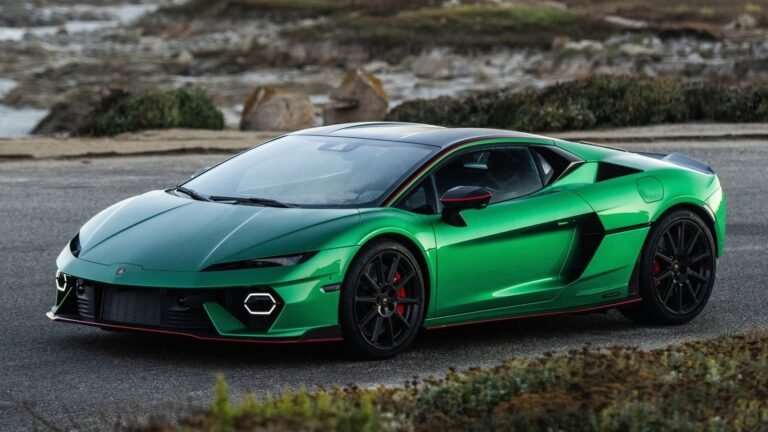

- Dekra compared an ‘80s Golf with today’s model to highlight major safety changes.
- A 40mph crash could prove fatal in the Golf II but survivable in the latest Golf VIII.
- There have also been significant advancements in braking, handling, and lighting tech.
It’s no secret that today’s cars are designed with far more safety in mind than the ones our parents grew up with, but the difference becomes striking when the two are go head-to-head. German testing organization Dekra recently staged a dramatic comparison between a late-1980s VW Golf II and the current Golf VIII, putting both compacts through a series of trials to show just how much vehicle safety has changed in the past 35 years.
As you might expect, the results were devastating for the old-timer. In a 64 km/h (40 mph) offset frontal crash test, the same procedure used by Euro NCAP until 2020, the Golf II folded like a tin can.
More: After A Point, Bigger Vehicles Aren’t Safer, But They Could Hurt Others
The test uses a deformable barrier designed to mimic the energy absorption of another car, essentially replicating a head-on collision between two identical vehicles traveling at roughly 50 to 55 km/h (31 to 34 mph). Under those conditions, the Golf II’s cabin collapsed, the steering wheel was forced dangerously into the interior, and the chance of survival for occupants would have been nearly zero.
Meanwhile, the modern Golf VIII came through the same test with its structure intact. Crumple zones, airbags, and advanced seat belts absorbed the impact, shielding those inside. Dekra accident researcher Markus Egelhaaf noted that in such a collision, passengers in the new Golf would likely walk away with only minor injuries.
Stopping Power Redefined
Braking was another area where the gulf in generations became clear. Even though the 35-year-old Golf had been kept in excellent mechanical condition, it was no match for the stopping power of the latest model. According to Dekra, the modern Golf consistently came to a halt about 30 percent sooner than the older car, regardless of the test. It’s worth noting that the trials were carried out at varying speeds and under different road conditions.
Dekra
Euro NCAP
Handling has come a long way, too. In a double lane-change maneuver that imitates swerving around an obstacle, the Golf II was on the edge of losing control at 65 km/h (40 mph), while the Golf VIII could easily do it at 75 km/h (47 mph). The significantly more advanced chassis and suspension contributed to that, reducing the front dip on the outside of the curve.
More: Drivers Could See Twice As Much In The ‘90s Than They Can In Some SUVs Today
Still, Egelhaaf noted that not everything is picture perfect with modern cars: “This test drive made it clear that even modern technology has its limits, beyond which a skid can no longer be prevented”.
Lighting the Way Forward
Finally, Dekra compared the lights of the two VW hatchbacks. The yellowish halogen lamps of the ’80s look prehistoric next to the bright white LEDs of new cars that illuminate the road almost like daylight. Even at the rear, the modern LED taillights and the now-mandatory third brake light make the new Golf much harder to miss at night.
Egelhaaf wrapped up the comparison by emphasizing the bigger picture: “Overall, the tests have shown the progress that has been made in vehicle safety over the past 35 years.” He also cautioned that while technology continues to advance, legislation should ensure that safety innovations remain a priority, rather than taking second place to infotainment and smartphone integration.

